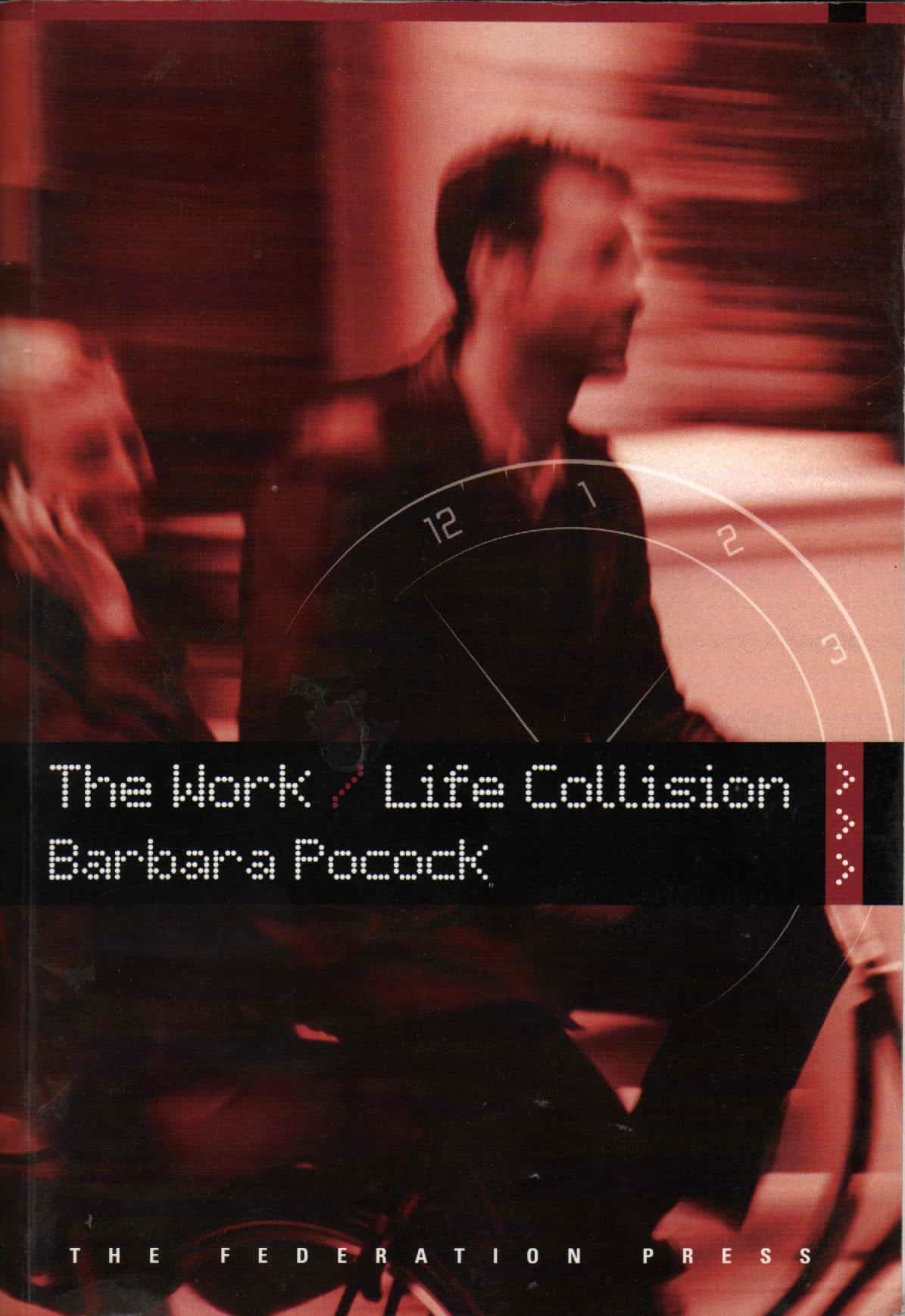Firstly there is an apology for having statistics dominate SafetyAtWorkBlog this week however everything became available all at once.
An earlier article mentioned some recent OHS statistics that have been released by the Australian Council of Trade Unions. Below is the SafetyAtWorkBlog interpretation of the survey report.
The survey was undertaken by an independent research firm using a representative sample of the Australian population. It was not taken, like some previous ACTU surveys, from the trade union membership exclusively. In some respects the generality makes the survey results more interesting and some more broadly relevant.
67% of respondents were not aware that the governments are coordinating the standardisation of OHS laws.
67% believe that workplace safety is important, but only 40% see it as “very important”.
85% were not aware that workplace deaths (quoted from an unreferenced Government report) are “four times the annual road toll”.
80% think more should be done about OHS. However, if this question was asked after the previous one that compares workplace death to the road toll, the high response is not unexpected. Also the report gives no indication of who is expected to do something about OHS – government? employer? individual? sea urchins?
The issue of “red tape” was specifically asked in the question. It would have been interesting to have the question remain at just its core so it was a clear agree or disagree response:
“Do you agree or disagree that employers should have to do more to protect the health and safety of their workers (even if it means more costs or red tape for their business)?”
69% said that if they are injured at work, they should be able to take court action under OHS laws against an employer.
One would have to ask the purpose of this question. Don’t people trust that OHS regulators would take legal action on the part of the injured workers?
Not all the questions in the survey report are mentioned above but lets take away the trade union context of the survey results for the moment.
OHS regulators claim that their extensive and expensive advertising campaigns are generating an increased awareness of OHS in the community. Two thirds of a population believing OHS is important is a good result but how much of this awareness has been generated by government advertising, increased media reporting of incidents, union activism or some other reason? An analysis or further research would be useful.
Workplace deaths occur more often than road fatalities. Is this a fair comparison? Driving a car on a country road is a very different activity to driving a forklift in a cold store, for instance.
More should be done about workplace safety but would the respondent take on the responsibility themselves? A clarification of this response would have occurred by comparing it with the employer question above, without the red tape distraction. But what would the union movement had said to a response that may indicate an overall happiness with how employers manage safety?
The Australian trade union movement has continued its campaign against the operation of harmonised OHS laws by marches on 1 September. The first draft of the harmonised OHS laws will be available in a couple of weeks. Around a month after that is Safe Work Australia Week. The next two months promise to be a busy period of heightened debate (or lobbying and spin) on OHS laws.
SafetyAtWorkBlog would like to thank the ACTU for making the survey report available and we look forward to many more surveys from unions and employer groups that hopefully clarify people’s attitudes and approaches to safety.

 Work/life balance in Australia is skewed towards those workers who have young families or a role as a carer. This is due to work/life balance evolving from the feminist and social concepts of the 1970s and in response to the increased number of
Work/life balance in Australia is skewed towards those workers who have young families or a role as a carer. This is due to work/life balance evolving from the feminist and social concepts of the 1970s and in response to the increased number of 



